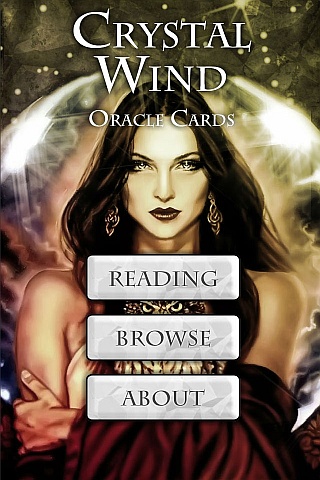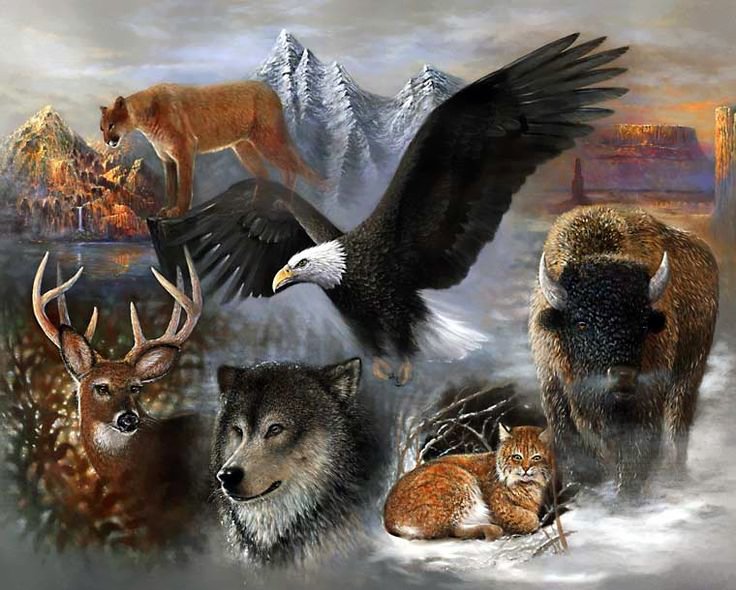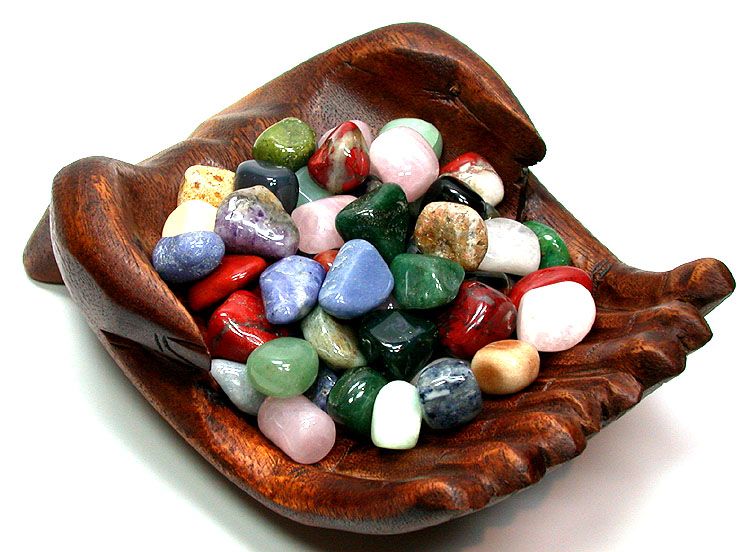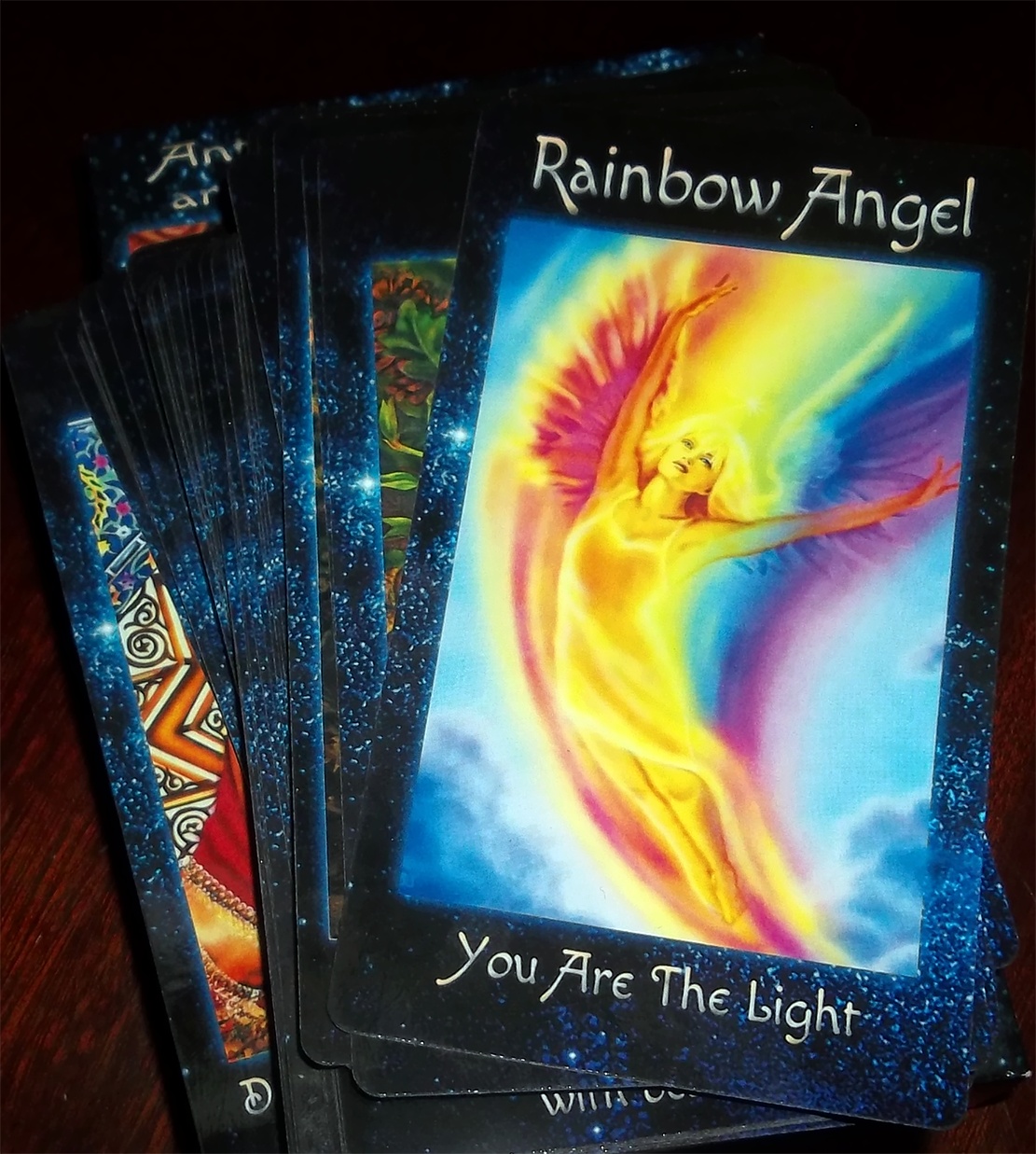Hindu Scriptures
- Details
- Written by AndEl

The Vedas
These are the most ancient religious texts which define truth for Hindus.
They got their present form between 1200-200 BCE and were introduced to India by the Aryans.
Hindus believe that the texts were received by scholars direct from God and passed on to the next generations by word of mouth.
Vedic texts are sometimes called shruti, which means hearing. For hundreds, maybe even thousands of years, the texts were passed on orally.
Contents of the Vedas
The Vedas are made up of four compositions, and each veda in turn has four parts which are arranged chronologically.
The Samhitas are the most ancient part of the Vedas, consisting of hymns of praise to God.
The Brahmanas are rituals and prayers to guide the priests in their duties.
The Aranyakas concern worship and meditation.
The Upanishads consist of the mystical and philosophical teachings of Hinduism.
The Samhitas
Rig-Veda Samhita (c. 1200 BCE) is the oldest of the four vedas and consists of 1028 hymns praising the ancient gods.
Yajur-Veda Samhita is used as a handbook by priests performing the vedic sacrifices.
Sama-Veda Samhita consists of chants and tunes for singing at the sacrifices.
Atharva-Veda Samhita (c. 900 BCE) preserves many traditions which pre-date the Aryan influence and consists of spells, charms and magical formulae.
The Upanishads

The Upanishads were so called because they were taught to those who sat down beside their teachers. (upa=near, ni=down, shad=sit).
These texts developed from the Vedic tradition, but largely reshaped Hinduism by providing believers with philosophical knowledge.
The major Upanishads were largely composed between 800-200 BCE and are partly prose, partly verse.
Later Upanishads continued to be composed right down to the 16th century. Originally they were in oral form.
The early Upanishads are concerned with understanding the sacrificial rites.
Central to the Upanishads is the concept of brahman; the sacred power which informs reality.
Whilst the priests (brahmins) had previously been the ones who, through ritual and sacrifice, had restricted access to the divine, now the knowledge of the universe was open to those of the high and middle castes willing to learn from a teacher.
Bhagavad Gita
The Bhagavad Gita, or "Song of the Lord" is part of the sixth book of the Mahabharata, the world's longest poem.
Composed between 500 BCE and 100 CE, the Mahabharata is an account of the wars of the house of Bharata.
It is one of the most popular Hindu texts and is known as a smriti text (the remembered tradition). This is considered by some to be of less importance than shruti (the heard text, such as the Vedas). It has, nevertheless, an important place within the Hindu tradition.
The Bhagavad Gita takes the form of a dialogue between prince Arjuna and Krishna, his charioteer.
Arjuna is a warrior, about to join his brothers in a war between two branches of a royal family which would involve killing many of his friends and relatives.
He wants to withdraw from the battle but Krishna teaches him that he, Arjuna, must do his duty in accordance with his class and he argues that death does not destroy the soul.
Krishna points out that knowledge, work and devotion are all paths to salvation and that the central value in life is that of loyalty to God.

The Ramayana
Composed in the same period, the Ramayana is one of India's best known tales.
It tells the story of Prince Rama who was sent into exile in the forest with his wife, Sita, and his brother, Lakshamana.
Sita was abducted by the evil demon Ravana but ultimately rescued by Prince Rama with the help of the Monkey God, Hanuman.
The story is written in 24,000 couplets.
The symbolism of the story has been widely interpreted but basically is the story of good overcoming evil. Many people have said that it is a story about dharma or duty.

Liked this article? Dive deeper into personal growth and wellness! Check out CrystalWind.ca for spiritual wisdom or explore AromaWorx.ca for natural well-being tips. Spread the positivity—share this with friends on their happiness journey!
Let’s Chat! Drop Your Thoughts Below! ![]()
Latest Articles
Dive into the Mystical World of the Crystal Wind Oracle Deck!
Get All the Enchanting Details Now!
NEW Expanded Boxed Edition!
Now with 58 Cards for Richer Wisdom!

Imagine a world of inspiration and healing, free for all—made possible by YOU!
Donate Now—Ignite the Magic at CrystalWind.ca!

Epilepsy - Finding A Cure
Your donation can make a difference!
Help us find a cure – donate now!
Unlock Your Light: Join Lightworkers Worldwide on CrystalWind.ca!
Quake Watch
Articles: Hinduism
Follow Us!
Who is Online Now
We have 32403 guests and no members online
Featured This Month
The Seven Chakras and their Meanings
If you could imagine chakras as circles of energy, flowing all the way throu... Read more
Bright Beltane Blessings!
The wheel turns to Beltane, also known as Mayday, marking the beginning of S... Read more
Taurus Mythology
The Taurus Myth The story of Taurus is most vividly tied to the tale of Zeu... Read more
Cartomancy - Fortune Telling Using Playing C…
Cartomancy is the act of divining using cards. Divining means to find out by... Read more
The Crystal Wind Oracle Card Deck
The Crystal Wind Oracle™ The Crystal Wind Oracle Myth & Magic Card D... Read more
The Time of No Time: Beltane!
Around the medicine wheel of life we go, from season to season (solstice to ... Read more
Frogs Return Moon
Beaver – Chrysocolla - Blue Camas – Blue April 20 – May 20 The Frogs Retur... Read more
Sun in Taurus
Sun in Taurus April 21 through May 21 An Overview of Sun Sign Characteristi... Read more














































